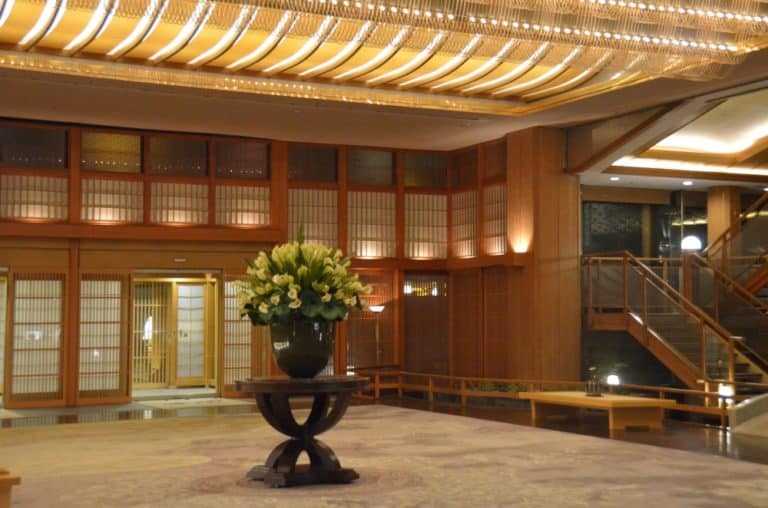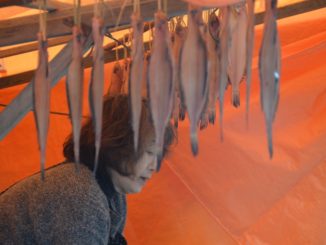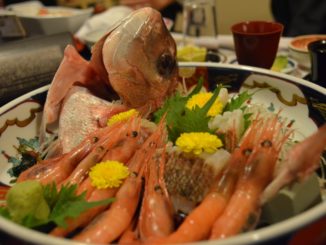Noto Peninsula
The Noto Peninsula is located in the Ishikawa prefecture in Japan.
It stretches into the Sea of Japan and includes the famous Toyama Bay.
It is the largest peninsula on the northern coast of Honshu with a length of 80 kilometres and a width of 3 kilometres.
The average altitude ranges from 200 to 500 metres.
Since 1968, certain areas of the peninsula have been designated as part of a National Park.
What to see on the Noto Peninsula.
The peninsula is renowned for the beauty of its coastal scenery and for its rural atmosphere.
The Sojiji temple in the town of Wajima, was built in 1321 with the backing of the Emperor, Go Daigo and is one of the first Soto Zen temples that was built in Japan and to some extent, it became the “mother temple” of the 1,000 or more temples across the country.
After a fire that destroyed the temple in 1898, the major functions of the Soto sect were moved to the homonymous temple of Yokohama.
The Myojoji temple in the city of Hakui, is the main temple of the Nichiren sect in the centre of Japan and is the largest temple in the region. It was founded in 1294 by Nichizo, a direct disciple of Nichiren himself and is famous for its pagoda which has five storeys dating back to the 1600’s and also because of its height which reaches 35 metres.
Inside the temple, the statues of Buddha and the founder of the temple date from the same period.
The 14 kilometres of shoreline along the Sea of Japan are known as the Noto Kongo coast and is the site of some of the most celebrated views in Japan.
The winds which come in from the west have effectively sculpted the rocks along the coast into jagged and picturesque formations.
There is one rock that is particularly well known which, due to erosion in the centre, has the appearance of a portal and is thus called the ganmon, which means “the rock gate.”
The shrine of Keita (Keita taisha) is one of the oldest in Japan and is where the divinity of Okuninushi is venerated and is dedicated to the search for true love. In fact, the temple is very popular amongst young women who are in search of a fiancé.
Towards the northern part of the peninsula, you will find the Okunoto Zone which provides two different aspects of the coast: the external coast which is battered by the winds that blow in from the Sea of Japan and the internal part which is more protected and has a somewhat milder climate.
The Okunoto Coast is very rural and is populated by scatterings of small fishing villages.
The main town is Wajima which is very famous for its morning market which specialises in fresh fish and vegetables that have been brought in to the market by some of the older local country-folk.
Also famous is the lacquer from Wajima, the creation of which requires a particularly lengthy and complex process.
There are two museums in the town that are dedicated to Wajima Lacquer, the Shikki Kaikan and the Museum of the Art of Lacquer.
In the Okunoto region, you can also visit the old salt pans.
On the southern part of the peninsula, the residence of the Kita Samurai family who were the rulers of this area has been converted into a museum.
On the far east of the peninsula is Chirihama Beach which is a really popular attraction.
Here you can drive your private car along the beach for a distance of eight kilometres.
Morning market in Wajima
[ Mar.2016 ] Next morning, we went to the famous morning market in Wajima on the Noto Peninsula in Japan. There were many stalls of women, mainly selling seafood in one shopping street. They called…
Wajima Onsen
[ Mar.2016 ] On the first day in Noto Peninsula in Japan, we stayed in the ryokan (Japanese style hotel) called Yshio, which was booked by my family. The room had western style beds, which…



